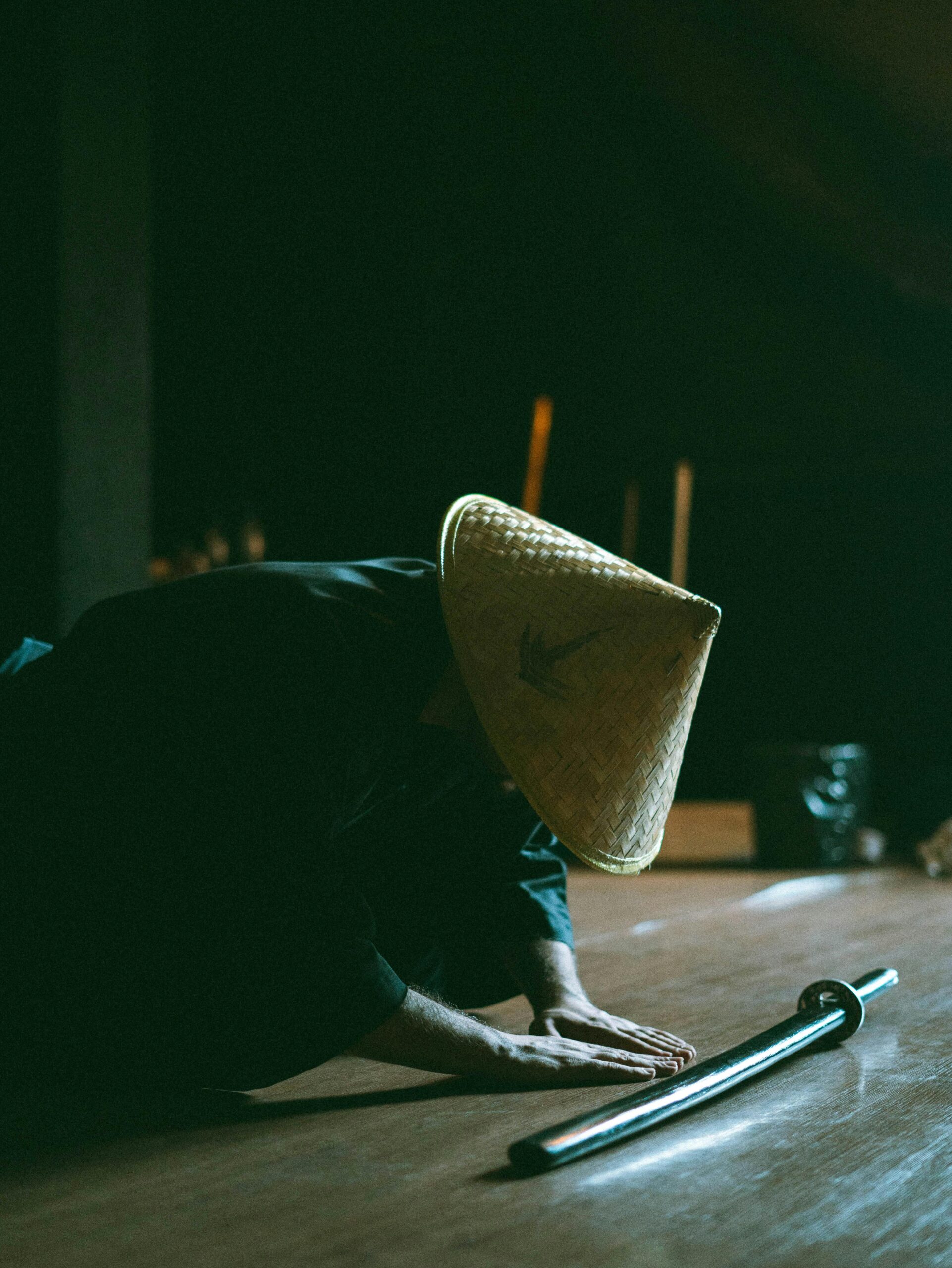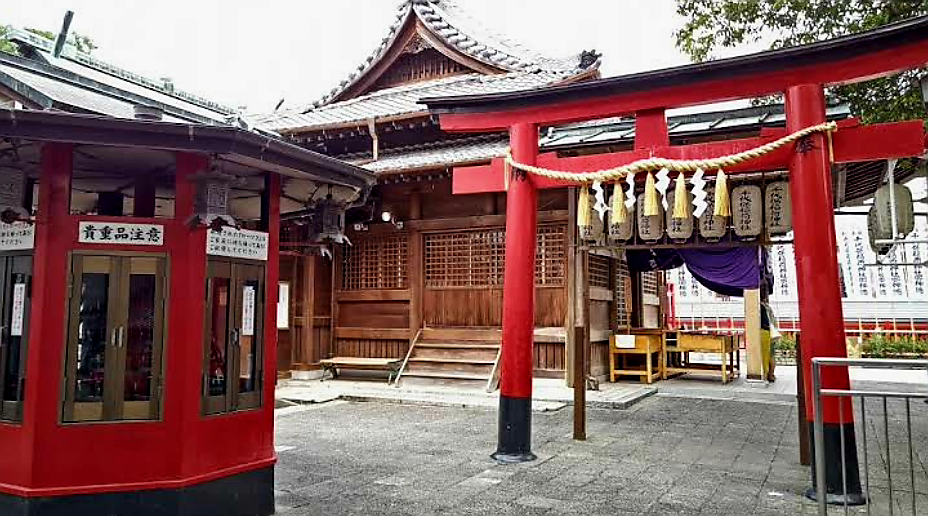Category: Culture and Traditions
-
Pocky Day in Japan – Sweet Moments on November 11
Celebrate Japan’s Pocky Day on November 11! Learn the story behind this fun snack holiday and my favorite Almond Crush flavor from Glico.
Written by

-
The Art of Chopstick Etiquette in Japan — A Guide to Eating Mindfully
When I first came to Japan, I thought chopsticks were just simple sticks. But over time, I learned they carry centuries of culture and care. In this post, I share how chopsticks began, the “don’ts” of Japanese etiquette, and the small phrases that show respect during meals.
Written by
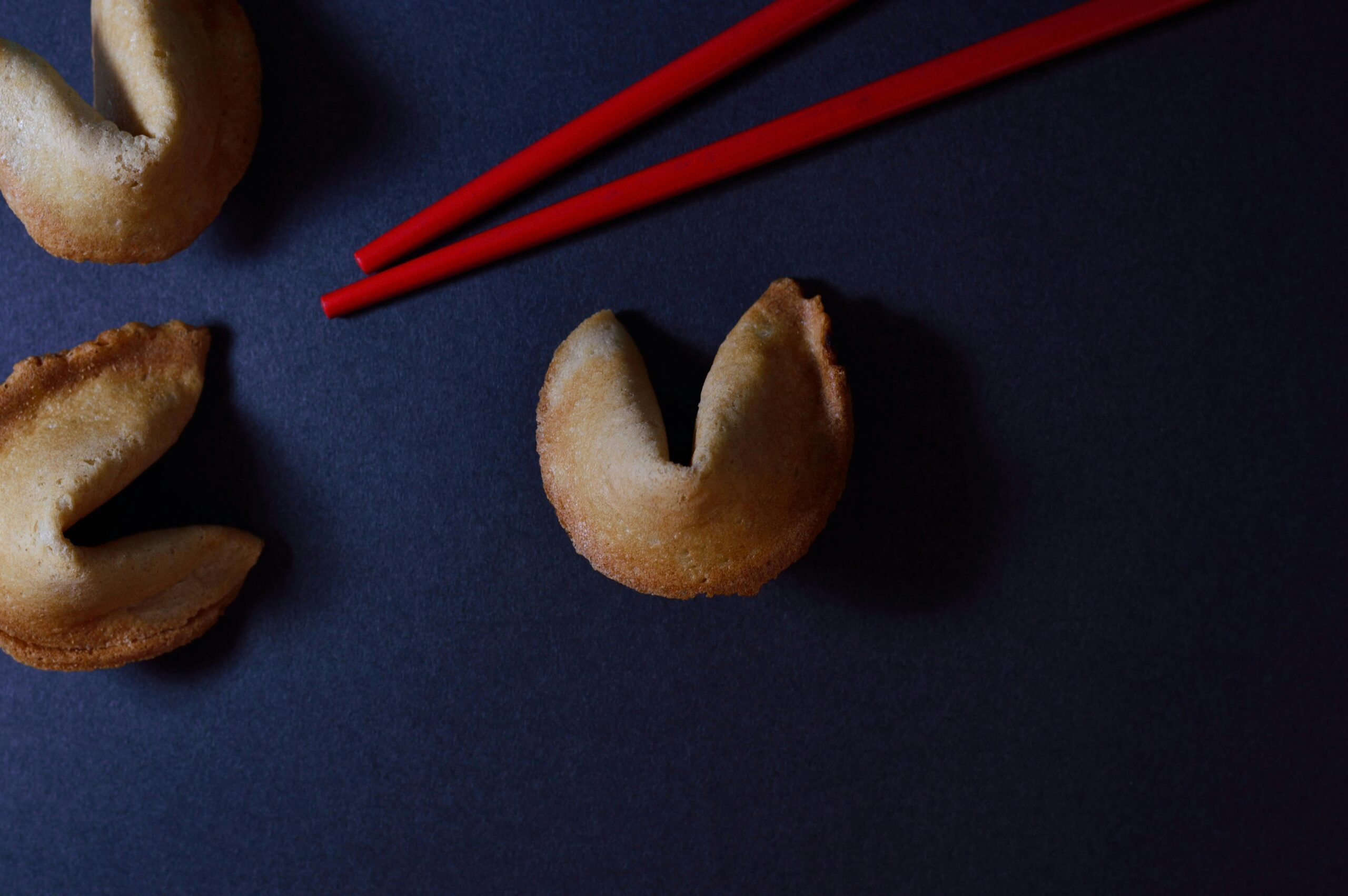
-
Visiting a Japanese Home: Modern Etiquette, Phrases, and Acts of Respect You Should Know
Visiting a Japanese home is more than just a social visit — it’s a gentle exchange of trust and kindness. From saying ojamashimasu at the door to offering a small gift and accepting tea politely, every action carries quiet meaning. In this post, I share what I’ve learned — the modern manners, useful Japanese phrases,…
Written by
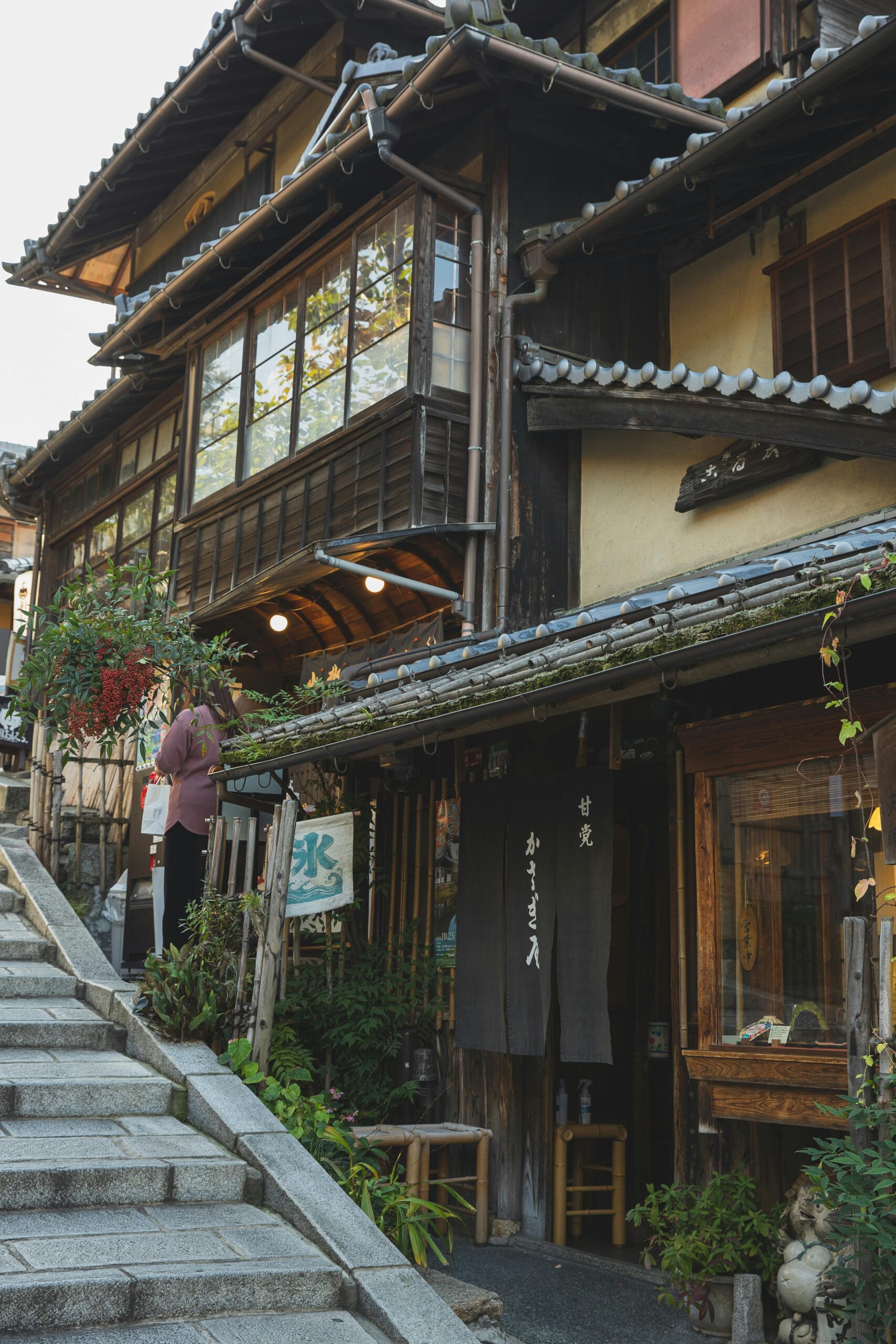
-
Osewa ni Natte Orimasu” Meaning and Usage — How to Use Japan’s Polite Expression of Gratitude
In Japan, you’ll often hear the phrase “Osewa ni natte orimasu.” It’s more than just “thank you” — it reflects gratitude, humility, and the value of human connection. Here’s what it really means and how to use it naturally in daily life and work.
Written by
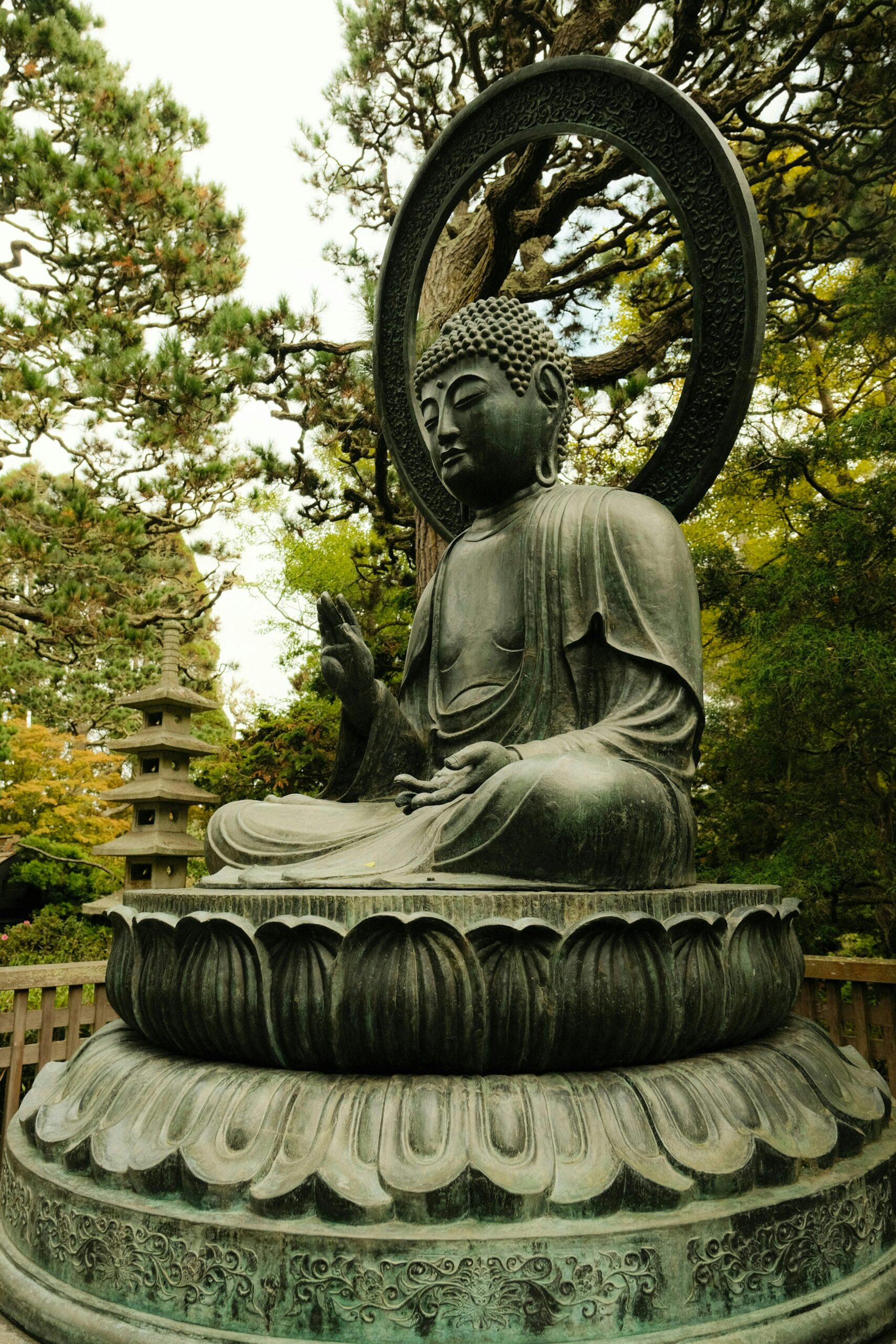
-
Understanding “Otsukaresama Desu”: A Small Phrase That Holds Japan’s Heart
When I first started working in Japan, I noticed one phrase floating around the workplace more than any other: “Otsukaresama desu.” People said it so often—after meetings, after lunch, even in the middle of the day. At first, I wasn’t sure what it really meant. But over time, I realized that this simple phrase carries…
Written by

-
Why Tipping Doesn’t Belong in Japan: Culture, Values, and What It Means for the Future
In many countries, tipping is polite—even necessary. But in Japan, leaving extra money on the table isn’t just unusual—it can cause confusion. The Japanese approach to service is rooted in pride, fairness, and omotenashi (hospitality without expectation). In this article, I’ll share why tipping isn’t part of Japanese culture, when it might be acceptable, and…
Written by
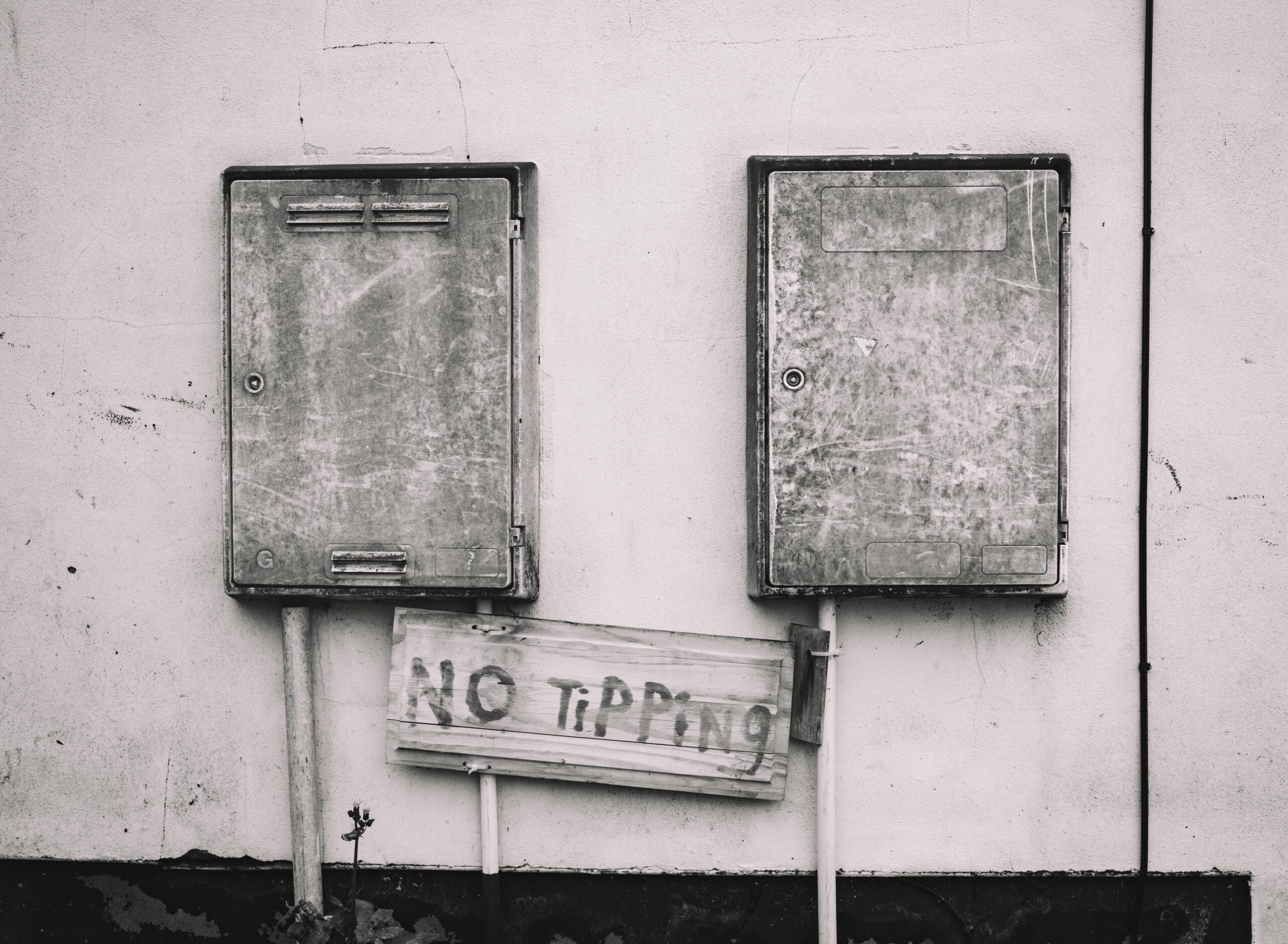
-
Experiencing Japanese Hospitality at Work – Tea Time and Omotenashi
Omotenashi, often translated as “Japanese hospitality,” is more than service—it’s a mindset of thoughtfulness, respect, and anticipating needs. My first true experience with omotenashi happened not at a restaurant or hotel, but at work, during a training session. That moment shaped the way I see Japanese culture, and even how I approach my own role…
Written by
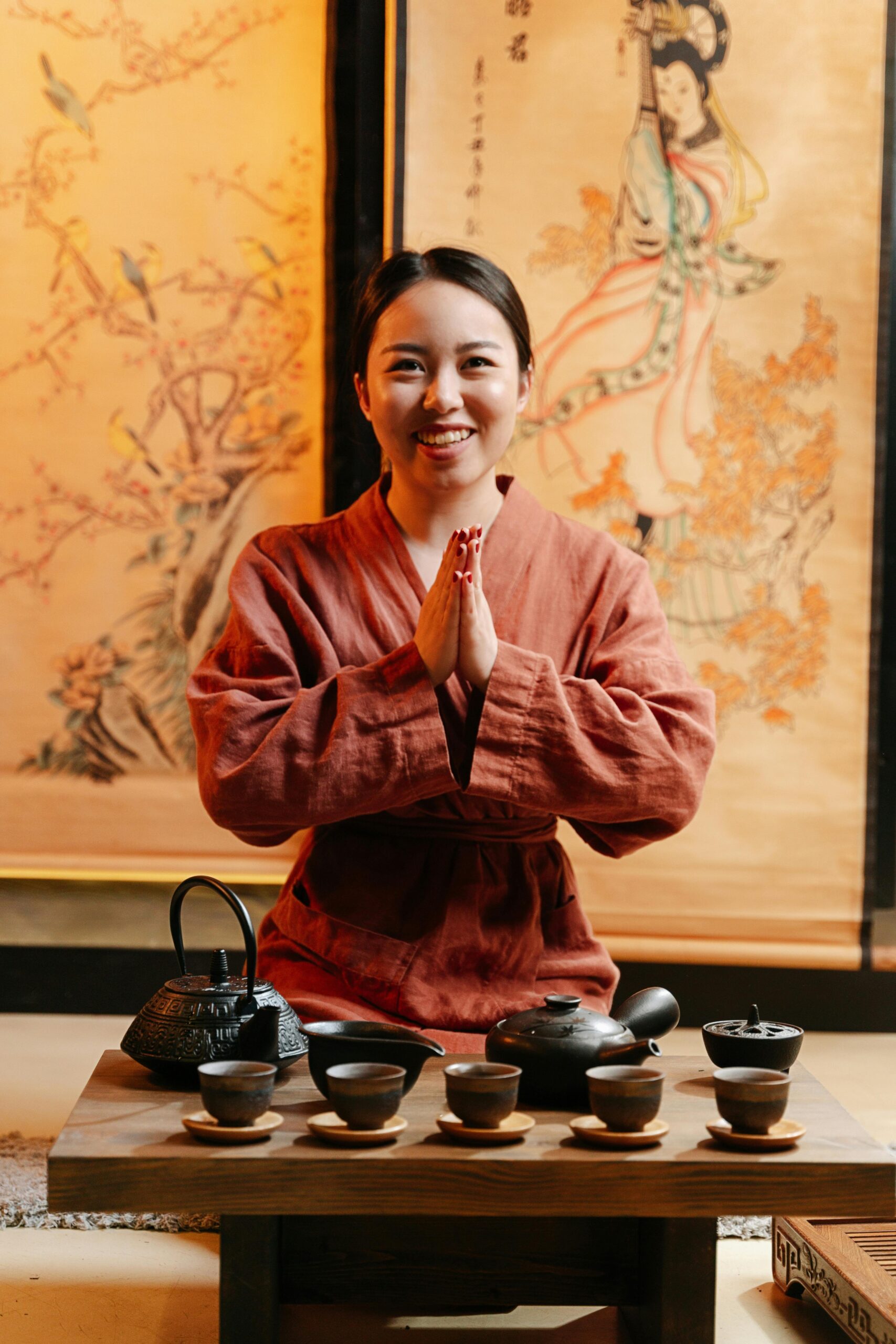
-
Love Across Cultures: My Marriage with a Japanese Husband
I never expected that downloading a simple language exchange app would lead me to marriage. What began as casual conversations—me practicing Japanese, him practicing English—slowly grew into late-night talks, laughter, and a bond that crossed cultures. Our journey hasn’t always been easy; from learning to express affection in different ways to adjusting to daily habits…
Written by

-
Masks, Manners, and Everyday Politeness: My Adjustment
Moving to Japan meant more than just learning a new language and adapting to a new place—it meant learning a new rhythm of daily life shaped by masks, manners, and small acts of politeness. From quiet trains to the way we hand money at the cashier, every gesture carries meaning. This is the story of…
Written by
